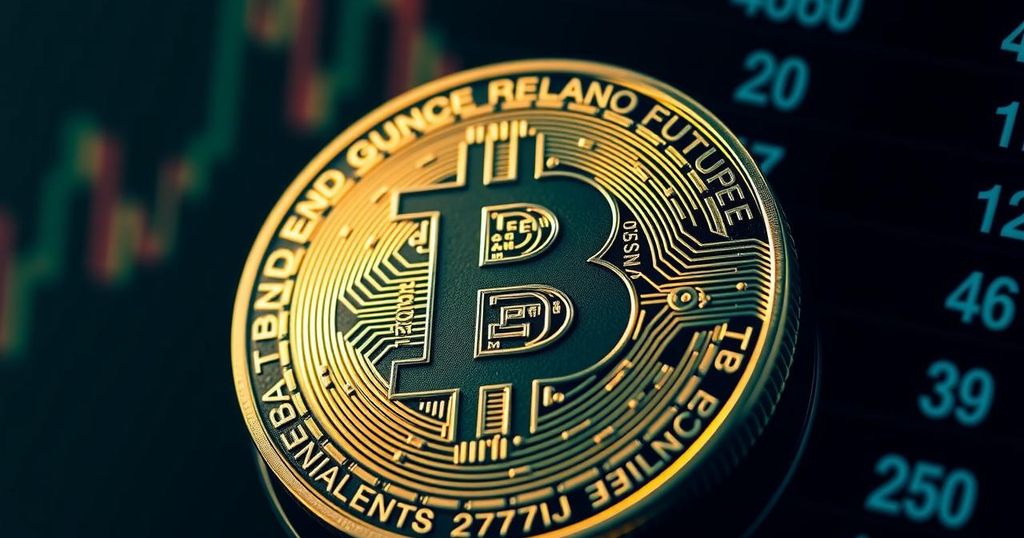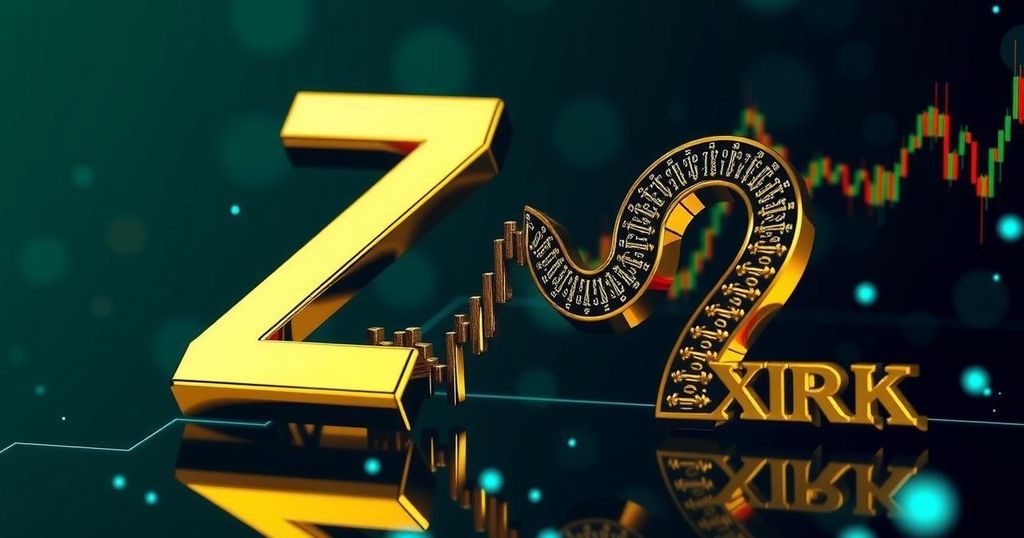Impact of US Interest Rate Cuts on the Cryptocurrency Market
The Federal Reserve’s interest rate policy exerts considerable influence over the cryptocurrency market, notably Bitcoin. Rate cuts typically encourage investment in cryptocurrencies by enhancing liquidity and investor optimism, whereas rate hikes generally lead to declines due to reduced liquidity and increased appeal of safer assets. Historical data show Bitcoin often rallies following rate cuts and declines after hikes. Looking ahead, expert forecasts suggest significant potential price increases for Bitcoin by the end of 2024, contingent on broader economic conditions and interest rate movements.
The impact of the Federal Reserve’s interest rate decisions on the cryptocurrency market, particularly Bitcoin, is significant and multifaceted. When the Fed cuts interest rates, it signals an attempt to bolster a weakening economy, thereby making borrowing cheaper. This environment generally encourages risk-taking among investors, leading to increased demand for speculative assets such as Bitcoin. Historical trends have demonstrated that, for instance, following a rate cut in 2020, Bitcoin experienced a 60% dip but ultimately surged by 1,600% over the year as investors sought refuge from traditional savings options, drawn by the appeal of cryptocurrency amid inflation concerns. Conversely, rate hikes diminish liquidity by making conventional investments more attractive compared to riskier assets. This was evident in late 2021 and throughout 2022, when the crypto market reacted negatively to the Fed’s tightening measures, culminating in a substantial decline in Bitcoin’s value. Key events, such as the collapse of major cryptocurrencies and exchanges during this period, exacerbated market sentiment and confidence. Presently, the crypto market appears to be consolidating as investors navigate the uncertainties surrounding the pace of future rate changes and the overall health of the US economy. A shift back toward easing monetary policies could buoy Bitcoin’s price, even if a correction occurs in the immediate term. Additionally, other influential factors include the performance of US Treasuries, the growing institutional interest in Bitcoin viewed as an inflation hedge, and global economic conditions, notably China’s recent stimulus measures. Bitcoin’s limited supply enhances its potential as a safeguard against inflation, drawing parallels with gold as a reliable store of value during economic volatility. In the medium and long term, expert analyses are optimistic, with some forecasts suggesting Bitcoin could reach significant price milestones by the end of 2024. However, these predictions hinge on macroeconomic developments and the Fed’s monetary policy trajectory, along with the general investor sentiment towards risk-off assets. In summary, while US interest rate changes can substantially affect Bitcoin and the broader cryptocurrency market by either fostering risk appetite or diminishing liquidity, the asset’s long-term outlook remains robust amid growing institutional support and its unique position as a hedge against inflation.
The dynamics of the cryptocurrency market are closely intertwined with the monetary policies enacted by the US Federal Reserve. Particularly, interest rate adjustments can influence market sentiment, liquidity, and investment strategies. Rate cuts typically translate to lower borrowing costs, thereby enhancing investor appetite for volatile assets like Bitcoin, as historical data suggests that such environments often lead to significant price increases for cryptocurrencies. Conversely, interest rate hikes can restrict market liquidity, rendering these assets less attractive by increasing the relative appeal of lower-risk investments, such as US treasury bonds. As the Fed navigates its monetary policies against the backdrop of economic conditions, investors must remain vigilant and informed about how these changes will impact the crypto landscape.
The overarching trend indicates that US interest rate decisions serve as critical levers influencing the trajectory of Bitcoin and the cryptocurrency market. Rate cuts are generally conducive to price growth and increased investment in crypto assets as investor sentiment shifts towards speculation. In contrast, hikes constrain liquidity and diminish the attractiveness of volatile investments, causing downward pressure on prices. While short-term fluctuations in response to interest rate changes are prevalent, the long-term outlook for Bitcoin remains promising, bolstered by factors such as its role as an inflation hedge, increasing institutional interest, and the evolving economic landscape.
Original Source: www.coingecko.com








Post Comment